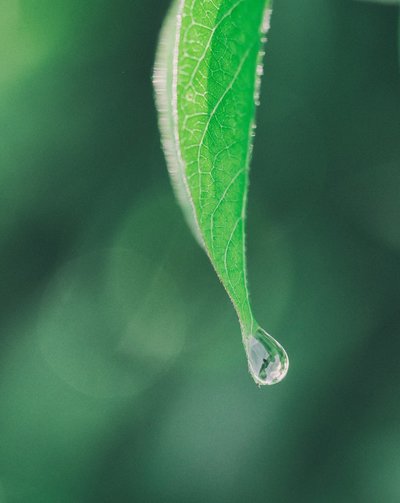The Internet of Things (IoT) is seen as a powerful ally against climate change. It will provide extensive environmental benefits, according to a recent study from the World Economic Forum.
More and more industries make use of IoT solutions. Agriculture is one of the industries at the forefront of the IoT revolution. This sector already shows the substantial impact (e.g. reduction of the ecological footprint of agricultural activities) and business benefits that can be realized when the physical and digital worlds come together.
The agricultural industry has been a very successful laboratory for IoT innovation. The progressive diffusion of sensors and connected devices fosters the implementation of innovative techniques like precision agriculture, which limits the use of pesticides, fertilizer and water to the very minimum. The use of IoT might remove most of the farmers' guesswork from planting and harvesting, offers growers invaluable visibility and actionable insight into field activity, and helps them get a reliable and efficient harvest.
In the following examples, agricultural companies use IoT to evolve from the sale of formerly-static products to connected devices that provide automated value-added services. These connected innovations promote sustainability while also boosting profit-earning opportunities.
IoT enables real-time analysis of weather conditions, temperature, humidity, and wind speed, allowing crops to thrive. The sensors create automated responses for farm machinery — helping optimize and increase crop yields. Productivity maximization is of great importance since the global population is expected to reach 9.3 billion by 2050. As an example, the telematics solutions from Topcon Positioning Systems enables farmers to track their machines and act on data in real-time.
IoT-based irrigation systems monitor soil conditions to optimize water usage for minimal resource waste and improved harvest yields. Those systems use field moist sensors or the assistance of drones for soil & crop monitoring and have been able to reduce water use by 30 to 70%, while at the same time lowering the costs as well as the ecological footprint. Thus, technology is part and parcel of the solution to achieve sustainability. Given the global water crisis in most locations around the world, this is very important as agriculture accounts for 90 % of water consumption.
IoT solutions demonstrate that innovations stimulate sustainability, resource efficiency and simultaneously ensure economic growth. A win-win situation whose real potential is yet to be fully developed.
For more information, read the article on IoT at the webpage of the World Economic Forum.